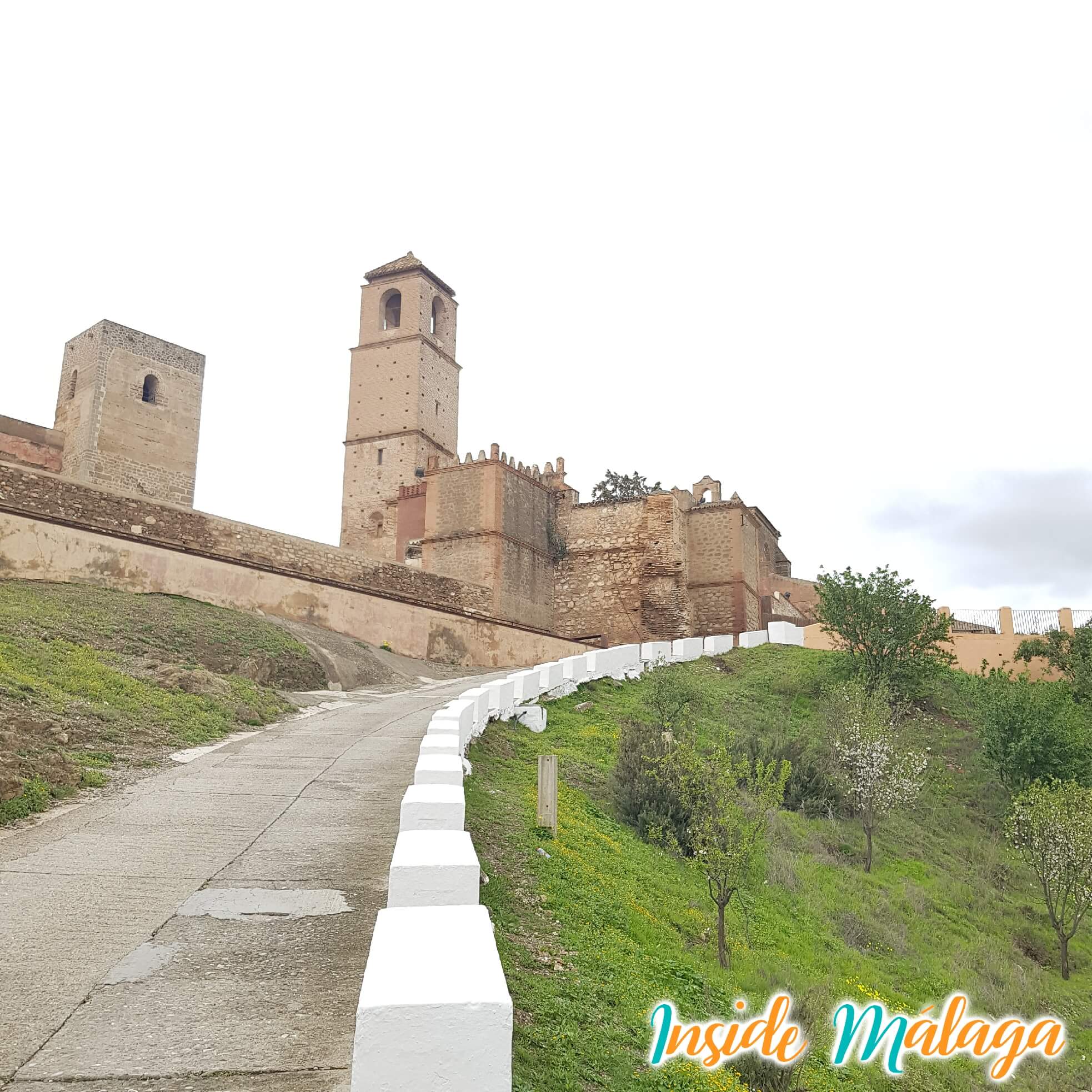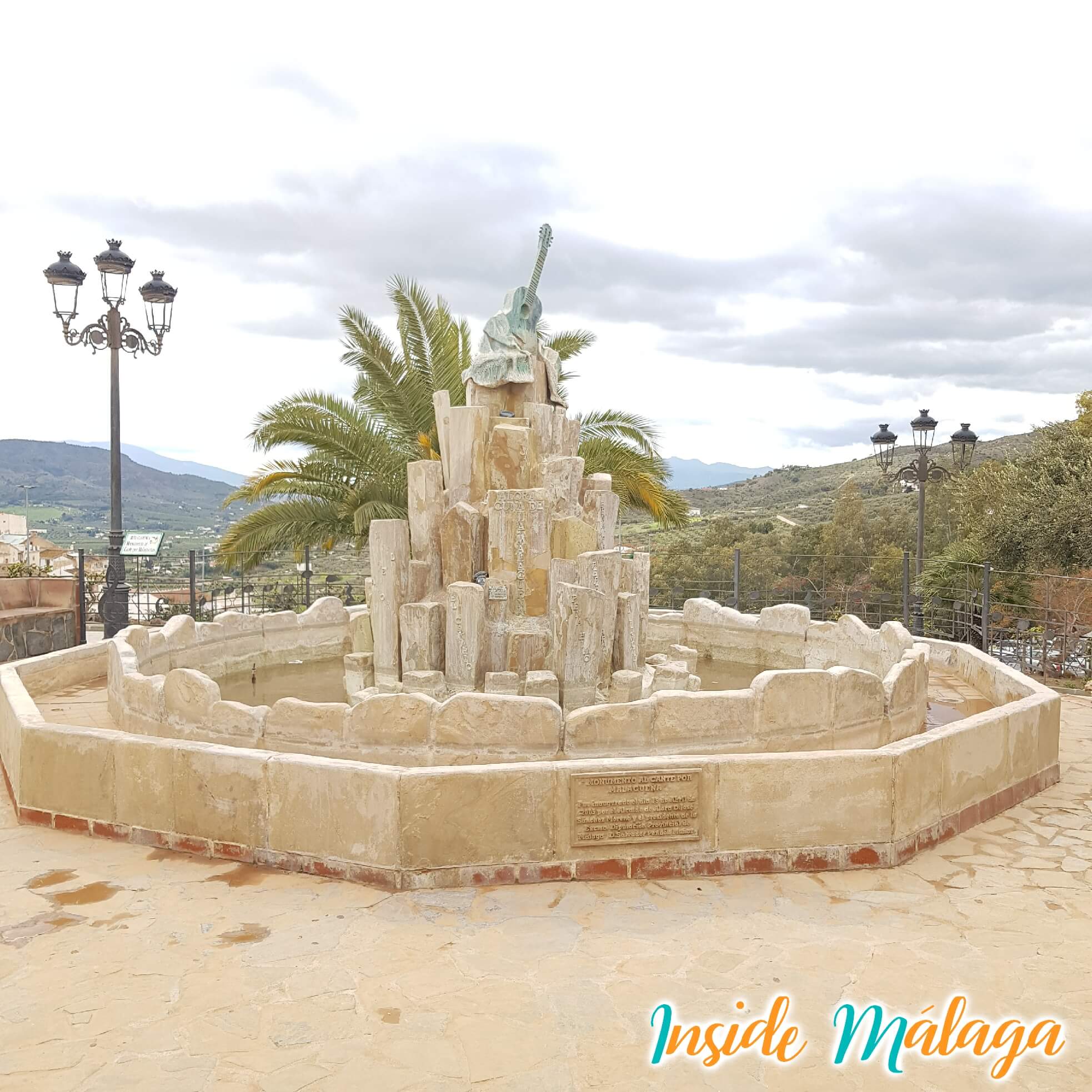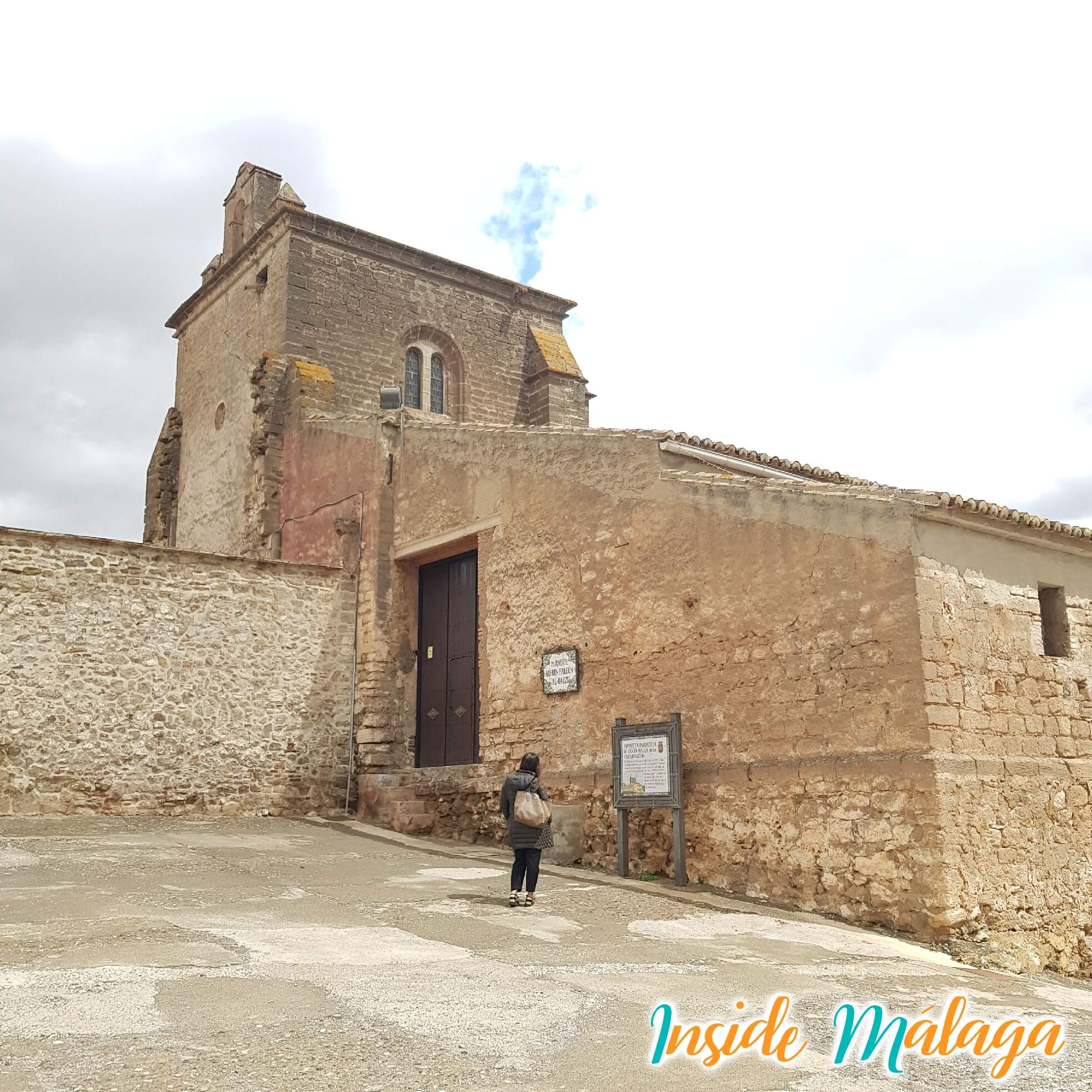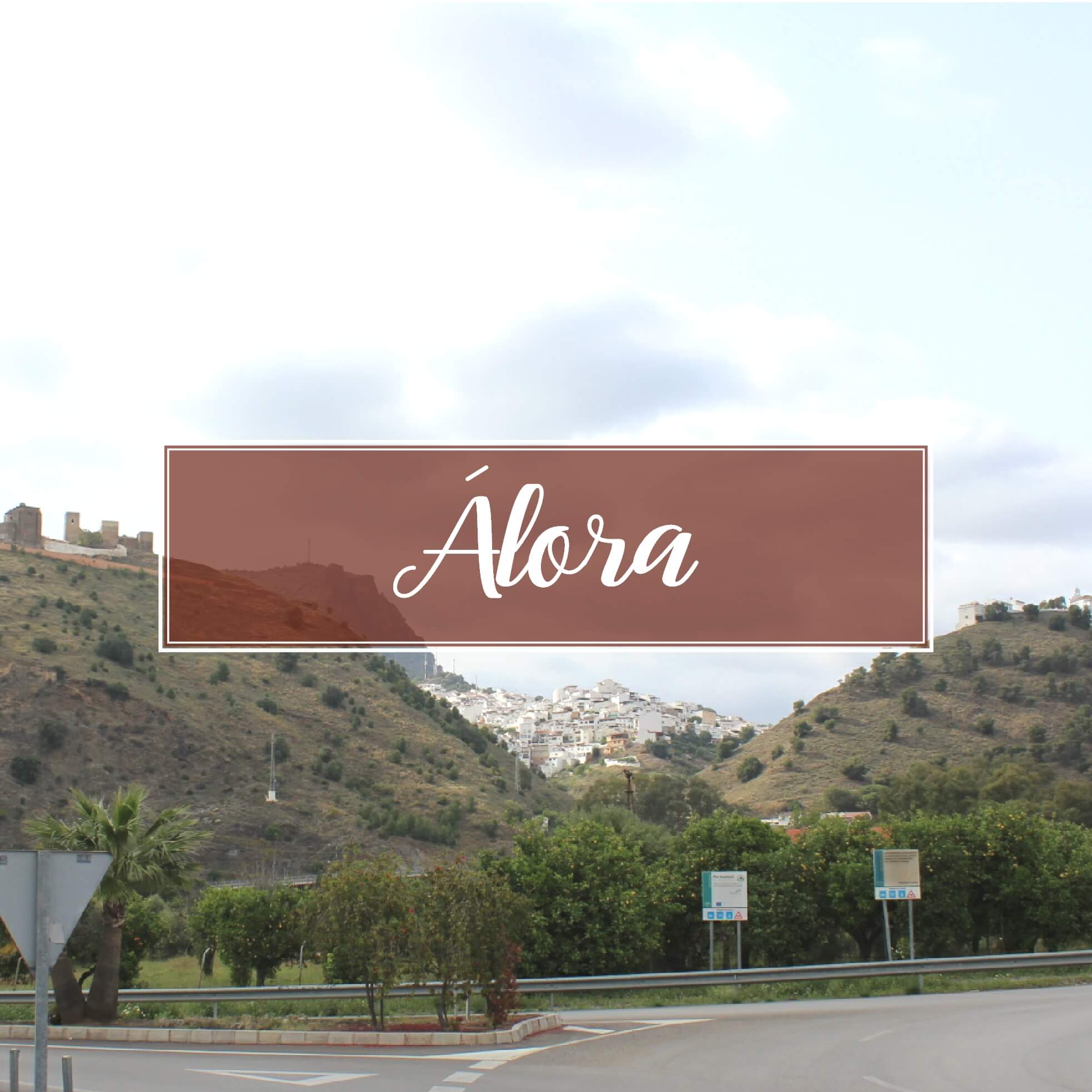
Álora is a picturesque Andalusian town located in the province of Málaga, known for its rich history, culture, and traditions. Overlooking the landscape is the Álora Castle, a fortress of Phoenician and Roman origin that was rebuilt by the Arabs. From its walls, visitors can enjoy stunning views of the Guadalhorce Valley.
Álora is also famous for its contribution to flamenco, especially the cante por malagueñas, a style of deep song that reflects the region’s profound musical tradition.
Additionally, the local cuisine is highlighted by the aloreña olives, a unique variety of seasoned olives, which has a protected designation of origin and is highly prized for its distinctive flavor.
This combination of history, music, and gastronomy makes Álora a special place that offers an authentic experience of Andalusian culture.
Where is Álora located
Álora is located 43km from Malaga capital with a population of 12.985 inhabitants. The municipal term has a dimension of almost 170km square.
Origin of the name Álora
The name derives from the Roman population that Álora was previously with the name <Lluro>.
Denonym of the people of Álora
The inhabitants are called “perote or perota” or “aloreño or aloreña“.
Monuments and places of interest in Álora
- Castle of Álora: The castle is an Arab fortress with origins dating back to Phoenician times located on the hill “Cerro de las Torres”. When the Romans arrived they fortified the Phoenician ruins. With the arrival of the Vandal people, it was almost completely destroyed, the Arabs would restore the building, turning it into a fortress and residence. From the castle you can enjoy the Guadalhorce Valley and the views over the town of Álora.

- Convent and Hermitage of Nuestra Señora de Flores: Located 2 km from the center of the town, from this sanctuary you can enjoy a beautiful landscape of the province including the Sierra de Abdalajís and El Torcal. The convent built in the 16th century and founded by the Recollect Franciscans who remained in the place until 1835.

- Viewpoint Ali Ben Falcum “al Baezi”: The viewpoint is located next to the castle and offers a beautiful panoramic view over the fertile plain of Álora and El Valle del Guadalhorce.
- Church la Veracruz: Located on Calle Veracruz, this temple dates from the 16th century and was built to commemorate the victory over the Moorish rebels during 1568-1570, twelve Moors were sold to finance the work. Inside, the images of Nuestra Señora de la Piedad and Santa Veracruz are venerated.
- Church of Nuestra Señora de la Encarnación: Located in the Plaza Baja, it is one of the most outstanding monuments of the town, together with the Arab castle. It is the largest church in the province after the Cathedral of Malaga. The construction of the temple began in the year 1500 on the site of an old mosque after the reconquest of the area. The building consists of three naves separated by thick Tuscan style columns, the spandrels of the arches represent the apostles. The wooden frame on the roof is of Flemish origin (Belgium). The most important works were carried out during the 16th century, finishing the church in 1699.
- Chapel of Santa Brígida: The hermitage was built in the 16th century. In the chapel the image of Our Lady of the Head is venerated. Inside there is a wonderful fresco also from the 16th century.
- Monument to “Malagueña” Flamenco Music: A moment dedicated to flamenco music built with bronze, iron and stone. Tribute to a variant of the flamenco style called “La malagueña” that was born in the lands of Álora. The monument is accompanied by stones and monoliths that bear the names of the great singers of the “Malagueña” style.

- Cruz del Humilladero: This small chapel next to the Convent of Nuestra Señora de Flores commemorates the handover of keys to the village of Álora in the year 1484 by the last Arab mayor to the Catholic Monarchs.
- Hermitage of las Tres Cruces: This hermitage of the three crosses was built between the 17th-18th centuries, with several subsequent renovations. In this place the Verdiales festivities are celebrated at the beginning of May. The curious thing is that it is located on the limits of the municipalities of Almogía, Álora and Cártama. Also near Pizarra is here where the processions of the four towns are found in the “Cruces de Mayo” where various pandas de verdiales are celebrated. Inside the chapel each town has a small altar.
- Municipal Museum “Rafa Lería”: Located in the School of Christ that was part of the old hospital of San Sebastián next to the church of the Incarnation. Since 2003 it houses a museum with exhibiting more than 200 objects on the history, culture and heritage of the town of Álora and its surroundings.
- Museum Bachiller y Aljibe
- Old Church of Nuestra Señora de la Encarnación

For more information about Álora Village: visit the City Council page
